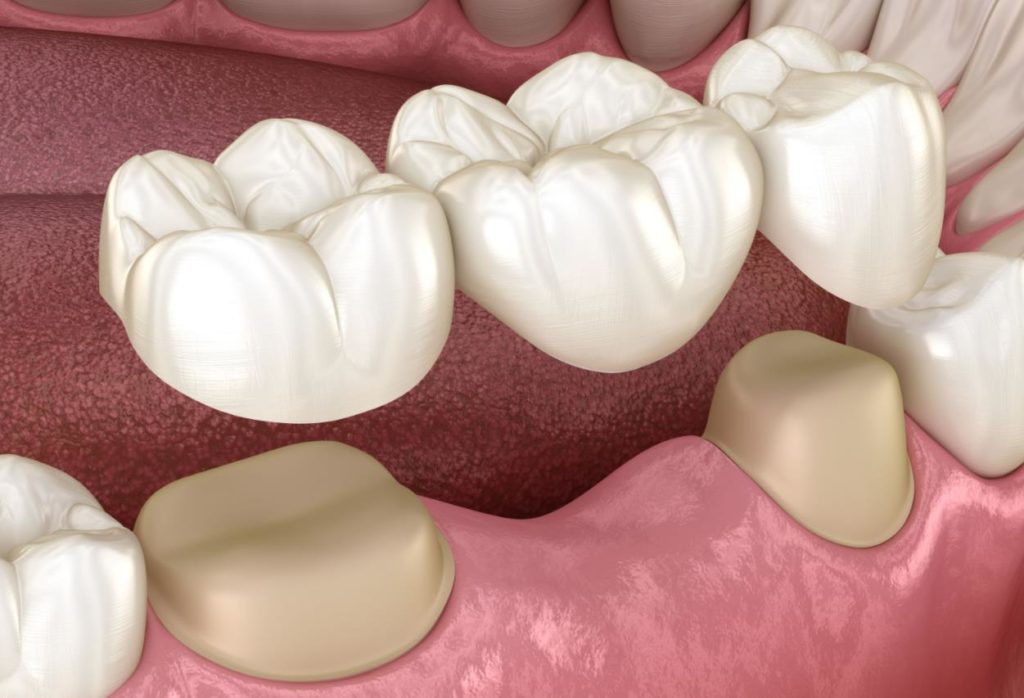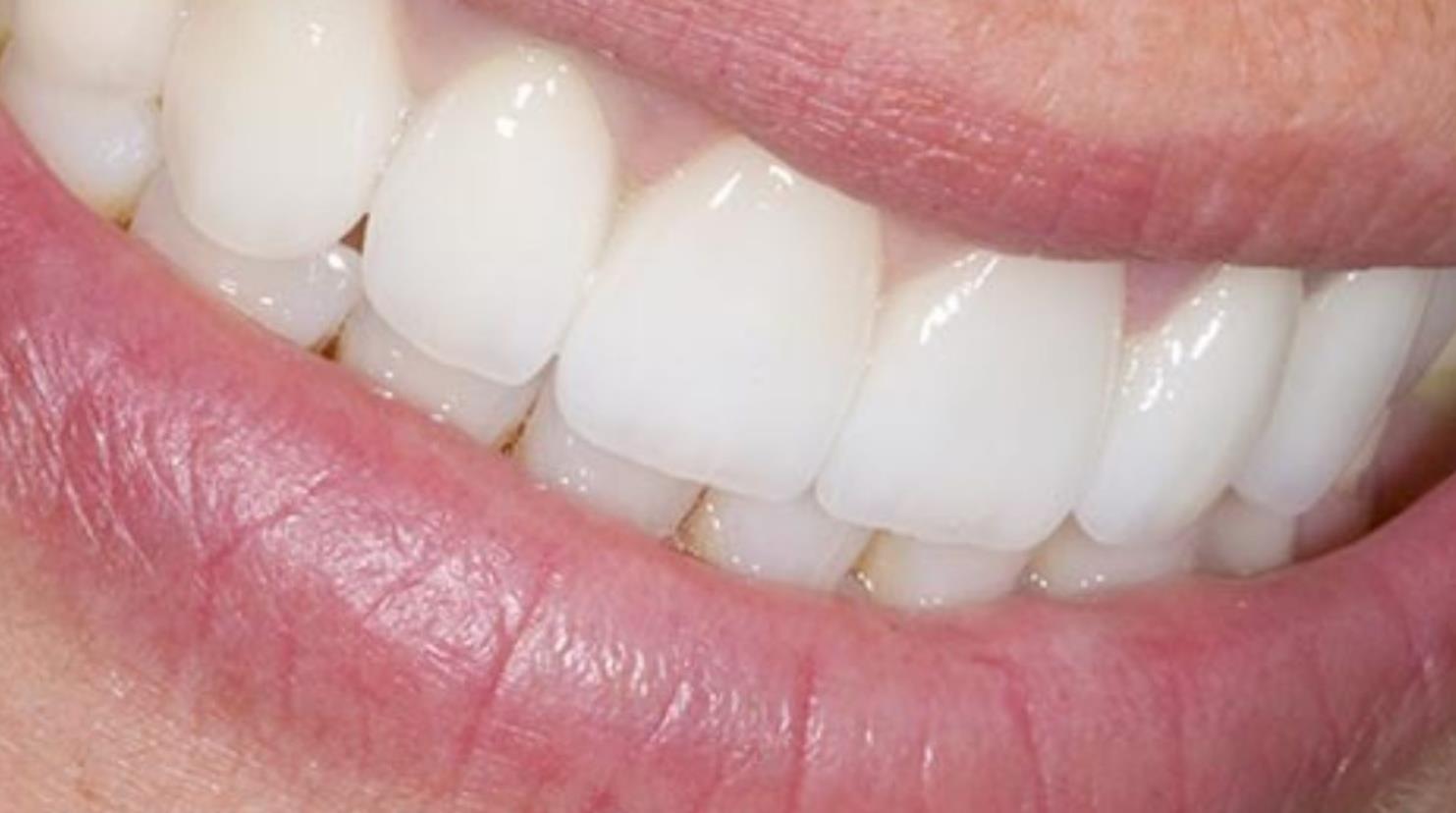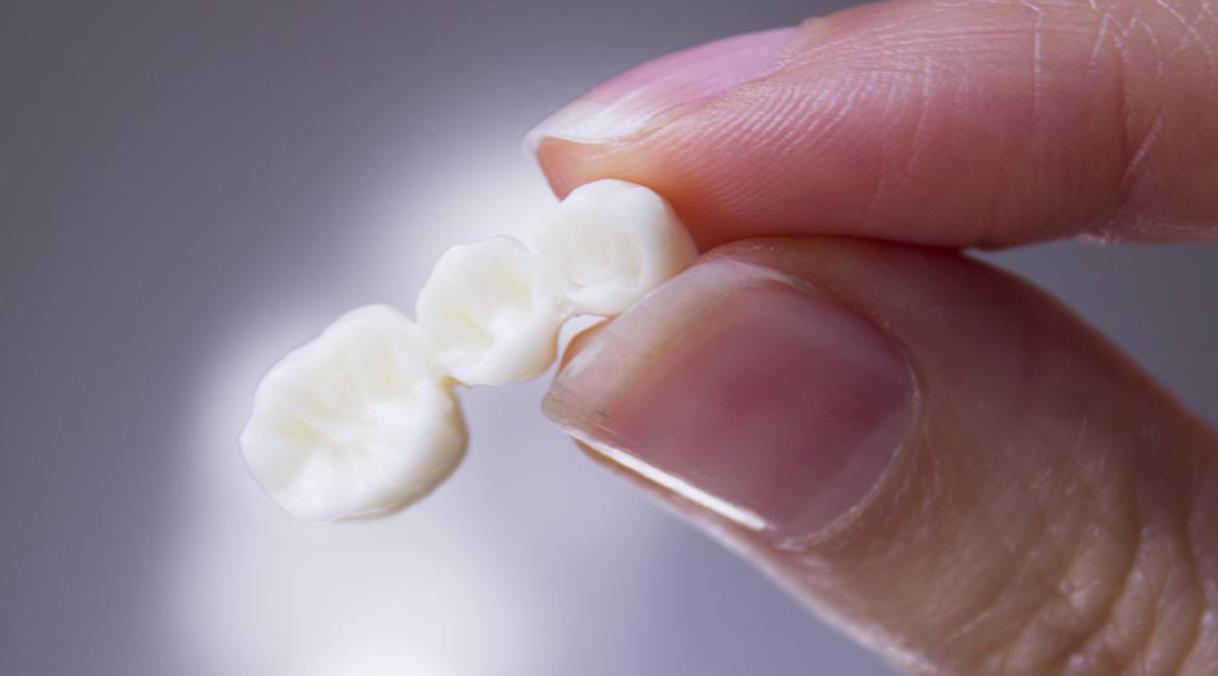Do you have a missing or gap tooth? There are a few options that your dentist might recommend to fix the gap and restore the cosmetic appearance of your teeth. A dental bridge is one of these options. In case you are curious to know what is a dental bridge, this guide will take you through every information you need to know to help decide if this is your best option.
What is a Dental Bridge?
A dental bridge is made from ceramic, metal, or a combination of these materials. As the name implies, it is used to “bridge” the gap where a missing tooth once was. It can be used to fill in one or two (or more) missing teeth.
The whole point of having a dental bridge is to close the gap in between the missing teeth. It will require the use of a false tooth known as pontics that will be anchored into the abutment teeth on either side so that it will look like natural teeth. There are several types of materials used for making false teeth and some of the most popular ones include alloy, ceramic, gold, or a combination of these. Ceramic is the most popular option, though, because it gives the closest possible resemblance to natural teeth.
Before you consider getting a dental bridge, you will undergo a consultation with your dentist. They will decide based on the extent of your gap or dental problem and suggest the most appropriate treatment.
4 Types of Dental Bridge
Now that you are aware of what is a dental bridge, the next step is to identify the four common types. Yes, there are several types of bridges to choose from and your dentist will choose based on what is most appropriate for your case.
The following are the four types of dental bridges that you can choose from:
- Traditional – The traditional bridge is made up of false teeth or teeth that are anchored in place with the use of dental crowns. It is cemented to the abutment teeth so that it will not move or become loose. This is the most common type of dental bridge that is in use. This is also what dentists would recommend if your gap is surrounded by natural teeth.
- Implant-Supported – For this type of dental bridge, the bridges are supported by a dental implant instead of a crown. Before this can be attached, every missing tooth must first be replaced with an implant. The implant will help to secure the bridge in place. This is known as the most stable type of bridge but will require two surgeries – the first one for the implant and the other one for the bridge.
- Cantilever – This type of dental bridge is slightly similar to the traditional one. However, you will only need to attach the dental crown to one abutment teeth instead of two natural teeth on either side of the gap.
- Maryland – This one is also closely similar to a traditional bridge but instead of using dental crowns, it uses a framework instead. A framework is made of either porcelain or metal and is bonded to the abutment teeth to secure it into position.
Benefits of Dental Bridge
There are plenty of benefits that you can get by choosing a dental bridge to fill in your gap teeth. It is recommended by dentists because it is most effective in restoring your smile. It not only hides the gap but the result looks natural in appearance.
It also helps to restore the function of your natural teeth such as enabling you to speak naturally or to chew food. In fact, replacing the missing teeth with false ones can help with your bite as it distributes the force applied to your teeth.
Finally, a dental bridge is crucial in maintaining the integrity of your teeth. When there are missing teeth, your bones could shift in place and force things out of position. It can also alter the position of your jaw bones and affect the shape of your face. By putting in a bridge, it will help to keep the rest of your teeth from being out of position and your jaw bones intact.
How Much Does It Cost?
There are several factors that are taken into account when determining the cost of a dental bridge. These factors include the number of teeth to be filled in, difficulty of the placement, type of materials for the bridge, and your geographic location.
On average, a traditional bridge will cost you $2,000 to $5,000 (depending on the number of teeth). The implant-supported bridge is the most expensive with costs estimated to be as high as $15,000 for multiple implants and dental bridges.
As mentioned above, the actual cost of the procedure will vary from one city to another. You can compare quotes from various clinics to get a fair assessment of the procedure’s average cost.
When to Get Dental Bridge
Your dentist will determine if you are a candidate for a dental bridge. Thus, it is important to speak to a dental professional or orthodontic expert when you have a missing tooth (or teeth) that you want addressed.
The main qualification to become a candidate for a dental bridge is that you must have strong and healthy natural teeth. This will serve as support for the dental crown so that the bridge will remain in position. For those undergoing implant-supported bridges, it is important to have adequate jawbone density.
Caring for Dental Bridge
Proper oral care is important when you have a dental bridge. It is important that your natural teeth are strong and healthy; otherwise, it won’t be able to provide adequate support for the bridge and it could easily fall off.
Make it a habit to brush your teeth at least twice a day. Flossing is an important part of your daily oral care habit, too. As part of your oral hygiene, make sure that you clean in between your teeth and under the bridge.
A regular visit to your dentist is a must. Get a professional cleaning to avoid damage to your natural teeth. Regular dental visits can also detect any problems before they get worse.


























